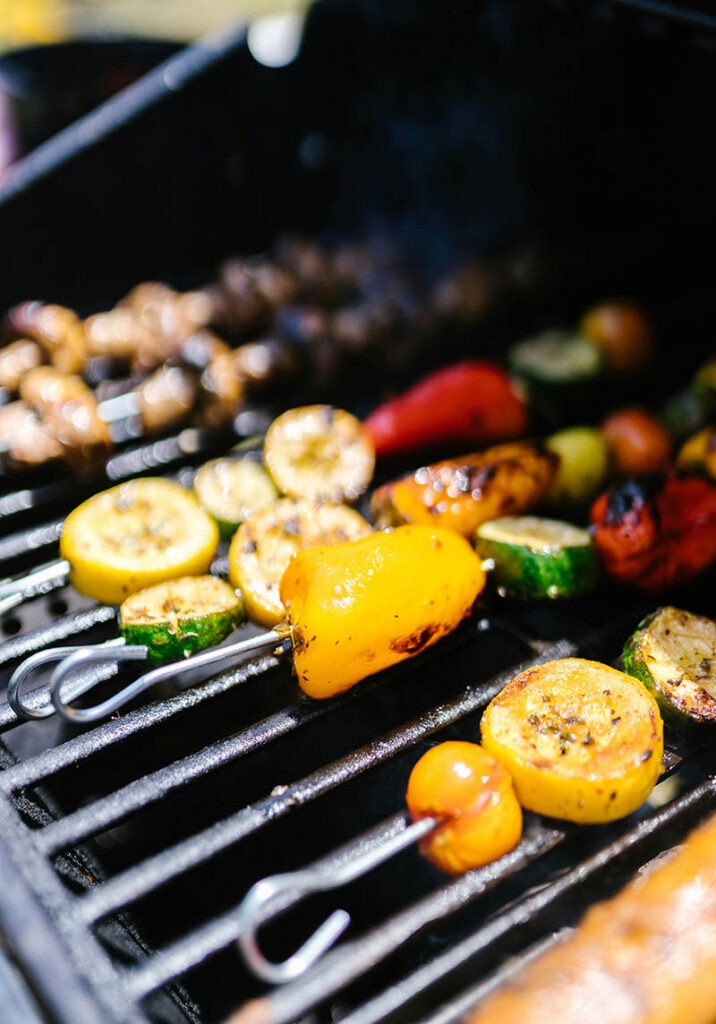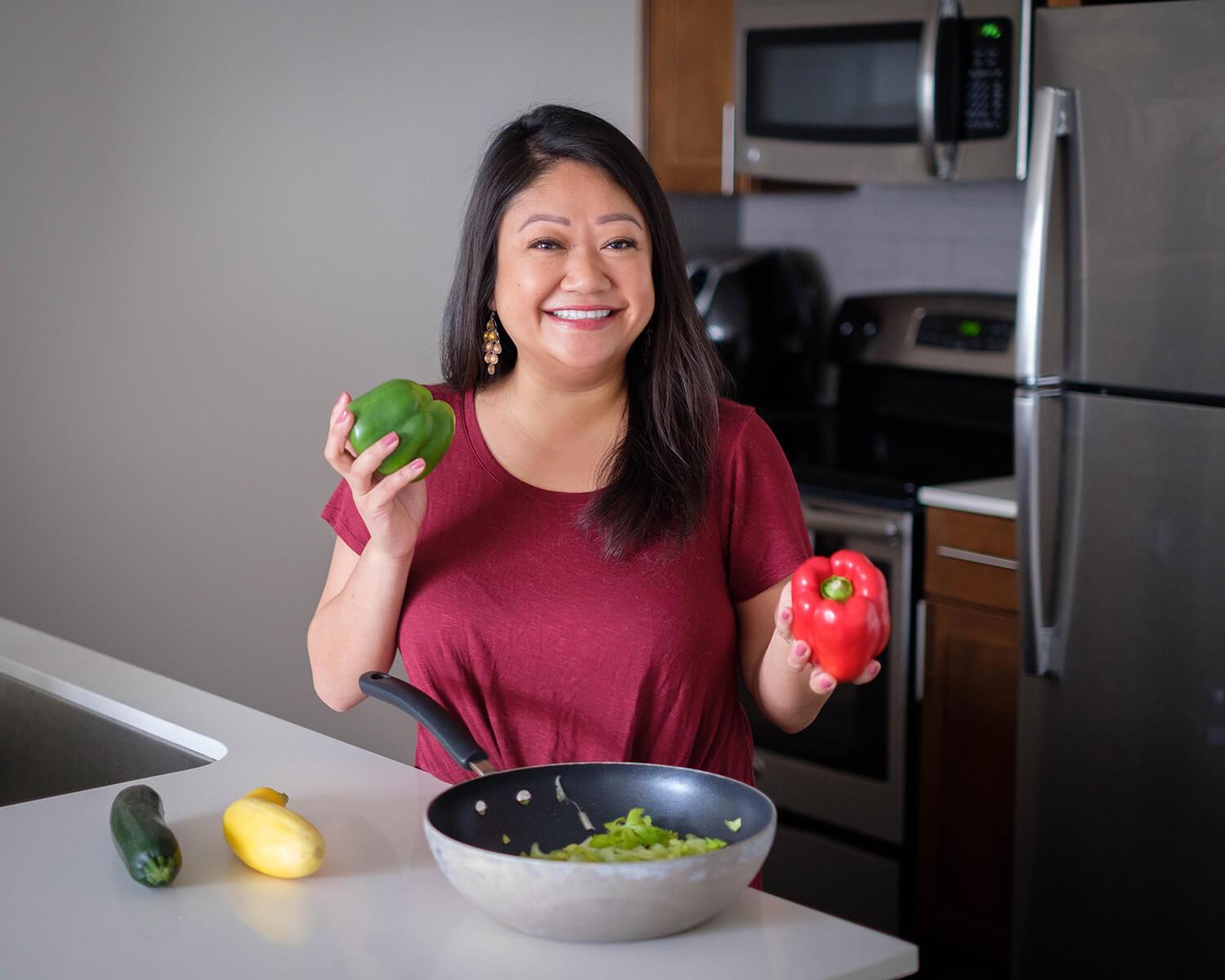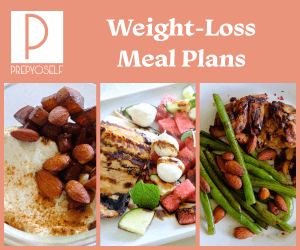
Introducing grilling into your meal prep can be a fantastic way to add variety and stay healthy. It’s that time of year to do some grilling before it gets insanely hot outside. Grilling meal prep is fun and for a lot of people, not the first thing you think about when meal prepping. Whether you’re on charcoal or propane, enjoy a little sun and get some smokey flavor.
Why Grill Meal Prep
Grilled foods can be very healthy while being delicious. Grilling requires little to no added fats to cook in. Usually the fat drains away while you grill, reducing the overall fat. Grilling can also preserve nutrients with the quick cook time like vitamins B & C. Lastly, the taste of the grill is often what people are looking for so you can save calories by leaving out additional flavorings you may need for an oven cook.
Before you get started grilling your meal prep, consider a few things. How many meals are you planning to prepare? You’ll want to get all of your setup ready to go before you start grilling. Think through the combinations of protein and veggies and how much you’ll eat per meal. Balance your meals for a healthy mix of protein, veggies, and whole grains by selecting recipes that include grilling or grilling could be used as a substitute cooking method. Pick recipes that use a variety of veggies or proteins but lend themselves to grilling. More on that below.
Grilling Meal Prep Equipment
- Grill (gas, charcoal, or electric)
- Grill tools (tongs, spatula, basting brush, grill brush for cleaning)
- Meat thermometer
Grill Foods
Now you’ve got the equipment to grill, you’ll need some food to grill. Knowing what works on the grill can make or break your meal. Some foods work well and others not so well or require a different approach. Using foil as a base for smaller veggies will save you a ton of headaches. Although you can grill many different foods, you’ll want to stick to the usual proteins and veggies before you start experimenting. It’s a terrible feeling to waste all of that time and money only to lose your food to the grill.
Proteins:
- Chicken breasts, thighs, wings and legs
- Turkey or beef burgers
- Steaks of any cut
- Fish especially salmon or tuna
- Pork chops
- Sausages
Vegetables:
- Bell peppers, zucchini, and mushrooms brushed with olive oil and spices
- Asparagus spears with garlic and lemon
- Corn on the cob with a light butter and herb coating
- Onions
- Potatoes
Prepare to Grill
Pre-Cut Vegetables:
Chop vegetables into grill-friendly sizes. This means bigger than your usual cut to avoid them slipping through the rack. Unless you’re cooking them in foil. Another great grilling meal prep option is skewers. Skewering your meats and veggies not only prevents losing food through the rack but also combines the flavors. Alternate your veggies and protein and you’ll create wonderful combinations with onions, bell peppers, pineapple and more.
Marinate and Season:
- Marinate proteins like chicken, beef, or tofu overnight for better flavor.
- Season vegetables with olive oil, salt, pepper, and herbs.
Organize by Cooking Time:
- Group ingredients by their cooking times to ensure even grilling (e.g., quick-cooking vegetables together, longer-cooking meats separately).
- Consider your grill size and how much you can fit at one time. You don’t want to crowd the grill but you can definitely get efficient with it.
Get Started Grilling
Preheat the Grill:
Clean and preheat your grill to the appropriate temperature. Cleaning the grill can avoid burnt flavors or “dirty” flavors. The appropriate temperature depends on what you’re cooking, the type of grill, and how you have arranged your foods on the grill. You can place certain foods slightly off from where the flames are the strongest for a slower char but a higher ambient temperature in the grill. You can find good estimates online for what you’re grilling but it really comes down to trial and error with your personal grill. Use the meat thermometer and walk up to the level of cook that you’re looking for.
Cook Proteins First:
Grill meats, fish, and plant-based proteins first. Use a meat thermometer to ensure they are cooked to the correct internal temperature (e.g., 165°F for chicken, 145°F for beef). Meat tends to take longer to grill so getting it on first allows for a more efficient flow later when it’s time for the veggies. This will also give the protein time to rest before you cut into it. This preserves the juices and flavor.
Grill Vegetables and Other Sides:
Grill vegetables until they have a nice char and are tender. Consider grilling fruits like pineapple for a sweet touch. Watch your fruits and veggies closely and make sure to rotate when needed. Grills can change in temperature rapidly and veggies can get burnt fast if you’re not paying attention.
Eating Grilled Meal Prep
Add fresh ingredients like herbs, avocado, or a squeeze of lemon juice just before eating to enhance flavor. Grilled meal prep can be a little dry if you’re new to grilling as much of the fat drips away. Adding fresh ingredients can reintroduce that moisture and provide a better exciting experience.
Tips for Success
- Variety: Mix up your proteins and vegetables each week to keep grill meal prep interesting.
- Efficiency: Use your grill space efficiently by grilling multiple items at once.
- Safety: Always practice food safety by storing grilled foods in the fridge within two hours of cooking and consuming them within 3-4 days.
Prepared: Make sure you have clean surfaces to place the food after cooking. Bring napkins, hand sanitizer, and water with you.




